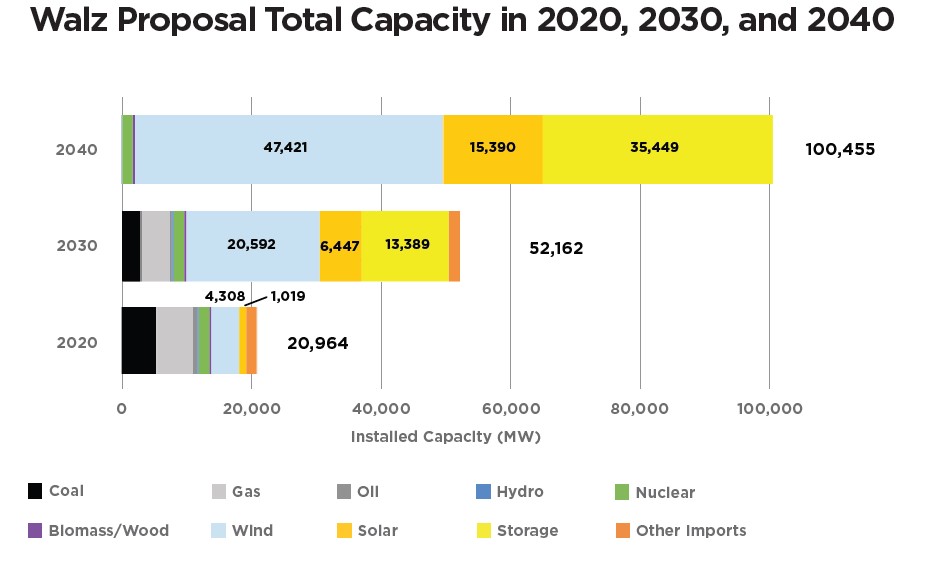DFL’s battery storage mandate would cost Minnesota $3.9 billion, power 24 percent of the state for four hours
State Representative Athena Hollins, DFL-St. Paul has introduced legislation that would require Minnesota to build 3,000 megawatts (MW) of energy storage in the state by 2034. Assuming lithium-ion batteries are used to meet this mandate, the storage would cost $3.9 billion to build and would be able to power about a quarter of the state for four hours before running dry.
The Math
Yesterday, I wrote about the cost of battery storage compared to storing liquified natural gas on-site. Using the same values from the U.S. Energy Information Administration, we can calculate that this battery storage mandate would cost $3.9 billion at today’s battery storage costs, and this does not include the profits utilities would make on building these assets.

Minnesota’s peak electricity demand in 2021 was 12,629 megawatts (MW), meaning that 3,000 MW of batteries would be able to meet about 24 percent of this peak electricity demand for four hours. Then the batteries would run dry until they are recharged.
This is an enormous amount of money to spend on a facility that only lasts for four hours at a time, especially considering that battery facilities are only expected to last for 15 years, according to estimates from the National Renewable Energy Laboratory.
Center of the American Experiment’s analysis found that generating 100 percent of Minnesota’s electricity from carbon-free resources would require nearly 35,500 MW of battery storage, or 12 times more battery storage than the proposed energy storage mandates would require.

The idea that we can power our lives with wind, solar, and battery storage is an expensive fantasy that will end in disaster. As long as we continue to entertain this fantasy, our state will be harmed by higher prices and lower reliability. If we were serious about providing reliable, affordable power, we be building new nuclear power plants as quickly as possible.